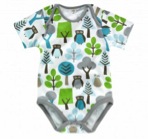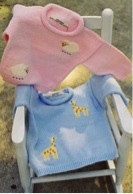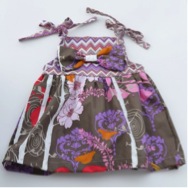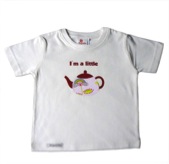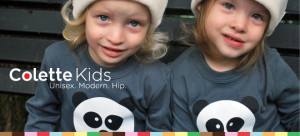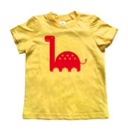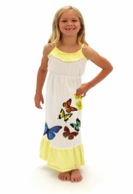By Dana DeMercurio
If ever there was a bandwagon to jump on, the sustainable clothing revolution is it. To truly reduce your family’s carbon footprint, recycling cans and bottles isn’t going to cut it. Don’t get us wrong, any stride to better the planet is worth acknowledging, but do you ever wish you could do more?
According to the Environmental Protection Agency (EPA), landfills in the United States receive nearly 20 billion pounds of clothing each year. These clothes are most likely imported from various countries around the world and are not made with organic materials that are safe for the planet. Educating parents on how to shop for eco-friendly clothing might seem daunting, but just remember: most synthetic polyesters are not biodegradable.
As markets are shifting towards providing consumers with green products, children’s clothing designers worldwide are also making momentous strides. Companies such as Fawn & Forest are producing and promoting fashion and relatable packaging that reduces their carbon footprint by incorporating eco-friendly textiles and sustainable manufacturing methods.
Having a basic knowledge of sustainable textiles allows consumers to check more than just the price tag when making a purchase. Recognizing fabrics that are au-natural versus synthetic not only boosts environmental consciousness, but subsequently paves the way for future consumption of eco-friendly fashion.
To help get the ball rolling on curating your child’s sustainable wardrobe, consider these organic fibers and textiles that should make a debut in every kid’s closet.
Organic cotton: Unlike traditional cotton used in clothing, organic cotton comes from plants that have never been contaminated with pesticides, fertilizers, or other harsh chemicals. Organic cotton is biodegradable and compostable, making it a fiber with low environmental impact and long-term benefits. Opt for clothing that uses organic cotton instead of conventional cotton to help sustain the environment and cotton manufacturing worldwide.
Bamboo: This raw material source for organic clothing has become the pinnacle of sustainable fashion. This über- popular eco-friendly material has become prevalent in recent designs for its extremely low impact on the environment, its soft, flowing texture, and its relatively inexpensive price compared to silk and cashmere.
Soy: Soy fiber is made from the waste product from soybeans after the oil is extracted. It is converted and processed (usually using non-toxic agents and enzymes) into a fiber and made into fabric. Soy fabric is usually extremely soft and warm, making it perfect for children of all ages.
Hemp: Long-lasting, durable, and sustainable are just a few ways to describe this natural fiber used in several fabrics. Hemp requires no pesticides or herbicides, and grows quickly in many different climates. Hemp products are soft, and with subsequent washing, become even softer. Check the clothing tag next time and be sure to incorporate hemp clothes into your child’s clothing routine.
Looking to do a little online shopping with your newfound eco-friendly attitude? Here’s our list of fave clothing stores to help revamp your child’s wardrobe from standard to sustainable.


